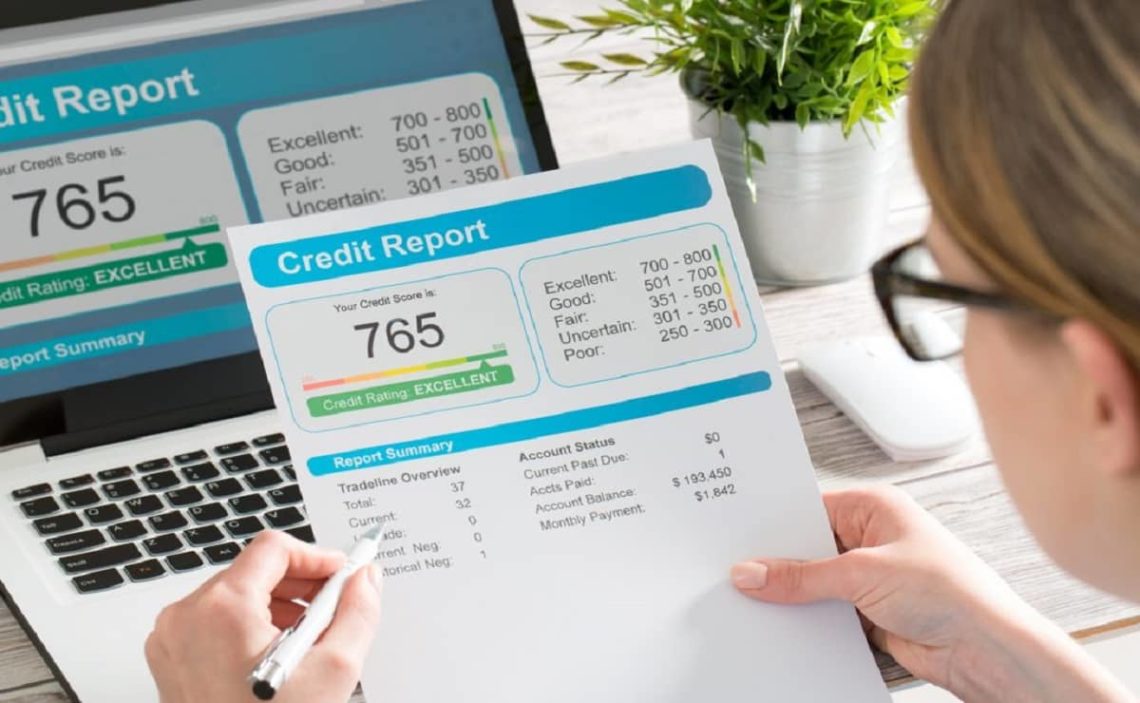Although it is not something you see every day, the highest credit score considered by FICO is 850. There are some Americans with this score, and they strive to maintain it. If you don’t have this score, you don’t need to worry; to access good credit, you don’t need to reach this figure.
Most financial institutions consider scores above 700 as good for accessing credit and financial products. Some even accept users with a score of 670.
How does credit scoring work?
It’s no use worrying about your score many times a month if you still don’t understand how it’s calculated. These numbers are the gold standard financial institutions use to decide whether you are eligible for their credit, products, and benefits.
You don’t have one FICO Score; you have three for each credit reporting agency, Equifax, Experian, and TransUnion. Each is based on your report at each of those companies.
When a lender requests your score, FICO can send them any of the 50 models it has in its possession, although the main one is the average score based on data from the three major credit bureaus that provide your credit data.
Having between 700 and 800 credit scores is good for accessing good financial options, but if you reach 850, you can enjoy better interest rates on your credit cards, acquire any auto loan, or other purposes.
The common credit score range
If you are worried about whether you have good credit, you should know that FICO has a range that goes from 300 to 850; all values above 670 are good, but below that, you start to have disadvantages in acquiring financial benefits.
The basic ranges are bad, fair, good, good, and exceptional. To know in which field you are, here are the scores:
- Exceptional Credit: 800 to 850
- Very Good Credit: 740 to 799
- Good Credit: 670 to 739
- Fair Credit: 580 to 669
- Bad Credit: Less than 580
According to FICO, lenders consider acquiring a loan or benefit less risky when you have a high score. If you have “bad credit,” it is due to defaults on your credit cards or loan applications. Don’t worry about having an exceptional score; so far, only 1.6% have a perfect FICO score.
How to achieve a perfect credit score?
In theory, you can achieve a score of 850 by making all your payments and having a careful financial life, but in practice, it’s more complicated. Statistically, you will not see an exceptional credit score on your credit history; if you do, it will probably be for a short time.
Only 1% of consumers see this score on their history, and it’s not for that long because the credit bureaus recalculate FICO scores constantly. To improve your score, you need to know what is considered to calculate it.
According to FICO, 35% is your payment history, and 30% is the amount of debt you currently have. FICO does not break down each category used for the calculation, so you don’t know exactly how they score.
So you can’t have a perfect score?
The recommendation is to try to maintain a score between 700 and 800; for that, you should always be up-to-date with the payment of your credits and loans. It would help if you also carefully evaluated the credit cards you acquire and how they will affect your credit history.
Try to make payments online or directly at the bureaus so that they are automatically updated; if you send your credit card or loan payments by mail, they may be lost or arrive after the payment date, which will cause late interest and a note on your credit history.


